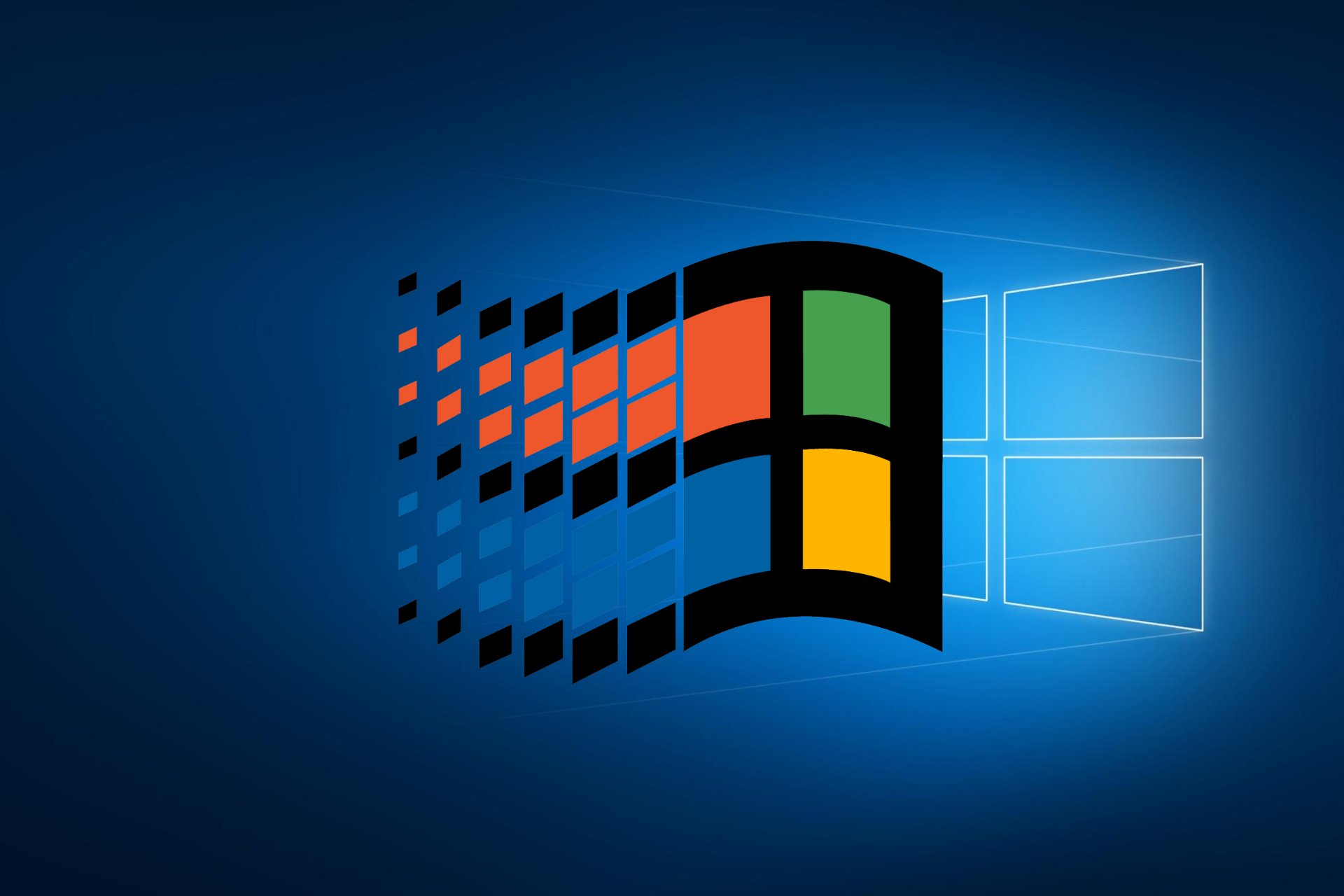
They are intended to provide an extended personalization option for users who wish to differentiate their Windows Vista experience from the default experience," Ball added.Follow these steps to disable or change specific system sounds in Windows. Functionally, the percussive elements of these sound schemes may also help users hear Windows events from a greater distance, if that is desired. "Both of the new Ultimate Extras sound schemes embody more percussive elements in contrast to the soft edges of default Windows Vista sound scheme and they extend of the existing sound design language established by XP and Windows Vista.

:max_bytes(150000):strip_icc()/007_change-windows-10-system-sounds-4587694-878a8064b0414686a025bc3d2d7f6113.jpg)
By contrast, the Pearl Scheme moves away from frozen, clinking, reverberant sounds to focus on percussive, milkier and richer acoustics. In this context, users should notice a correlation between the glassy sounds and the transparent effects of the user interface. As Ultimate Extra releases, both sound schemes are accessible only to users of the Windows Vista Ultimate SKU.īall explained that Microsoft had aimed to give the impression that the sounds of the Glass Scheme were made with glass instruments. The Ultimate Extras Pearl and Ultimate Extras Glass Sound Schemes were made available in April 2007, approximately one month since Vista Service Pack 1 became available for download. But Microsoft also offered end users additional sound schemes via Ultimate Extras. In 20 Microsoft Studios recorded with Fripp Soundscapes sessions of sounds, some of which became an integral part of the Windows Vista default sound scheme. The Windows Vista start-up sound, along with additional acoustic elements across the operating system are the direct work of Robert Fripp. The XP sounds were designed to complement the 'photo-realistic' Bliss desktop (blue sky, green grass photo.) The Windows XP sounds can also be rather percussive and jarring in the context of day to day PC use, so it was an explicit goal to re-orchestrate the default Windows Vista sounds to complement the softer, cleaner theme and user interface elements in Windows Vista," Ball explained.

"In contrast, the Windows XP sounds, while appropriate at the time and for that product design, were very 'Western' and literal, using pianos and western orchestral instruments. At the same time, Microsoft aimed to provide continuity for the User Interface language for sound between Windows XP and Windows Vista, while also delivering a much needed evolution. Steve Ball, Principal Program Manager Lead on the Windows Sound Team, indicated that the default Windows Vista sound scheme and the visual elements as well as the desktop experience share common design principles. One aspect made clear by Microsoft from the get go is that, with Windows Vista, it had worked to achieve a complete user experience by bridging the graphical user interface with the sound schemes of the operating system.


 0 kommentar(er)
0 kommentar(er)
